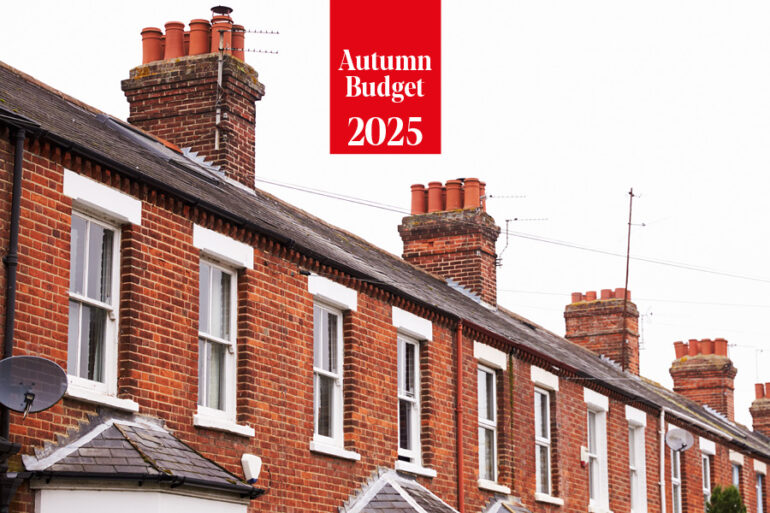The Office for Budget Responsibility’s housing market forecasts have been published early after the OBR’s Budget report appeared online ahead of schedule, setting out expectations for mortgage rates, housing supply and property transactions over the coming years.
The OBR says average interest rates on the stock of mortgages are expected to rise from around 3.7% in 2024 to around 5% in 2029, which is 0.2% higher than its March forecast.
It notes that around 90% of mortgages are now fixed rate, meaning past increases in Bank Rate continue to filter through slowly to borrowers.
Net additions to the UK housing stock are forecast to fall from an average of 260,000 a year in the early 2020s to a low of 215,000 in 2026-27.
The OBR expects this drop to reverse as planning reforms take effect, with net additions rising sharply to 305,000 in 2029-30.
It says cumulative additions between 2024-25 and 2029-30 will reach 1.49 million, around 10,000 fewer than projected in March.
House prices are forecast to increase from £260,000 in 2024 to just under £305,000 in 2030, growing just under 3% in 2025 and averaging 2.5% growth annually from 2026.
The OBR expects higher property income tax rates from April 2027 to reduce house price growth by around 0.1% a year from 2028.
The report also shows that transactions have been volatile in 2025, rising sharply in the first quarter before falling in the second as buyers moved to complete ahead of the April Stamp Duty holiday deadline.
Residential transactions are expected to rise from just under 1.1 million in 2024 to about 1.3 million in 2029, although this is around 155,000 fewer per year than in the OBR’s March forecast.
It attributes the lower medium-term outlook to slower turnover linked to higher Stamp Duty, higher forecast mortgage rates and an ageing population transacting less frequently.
Residential investment growth is forecast to pick up from 1% in 2025 to around 7% in 2027 and 2028 as monetary policy loosens and planning reforms take effect.
Growth is expected to slow to 2% by 2030. Compared with March, residential investment growth is 3% higher in 2025 but an average of 1.3% lower between 2026 and 2029, reflecting higher medium-term interest rate expectations and a lower housing turnover rate.




